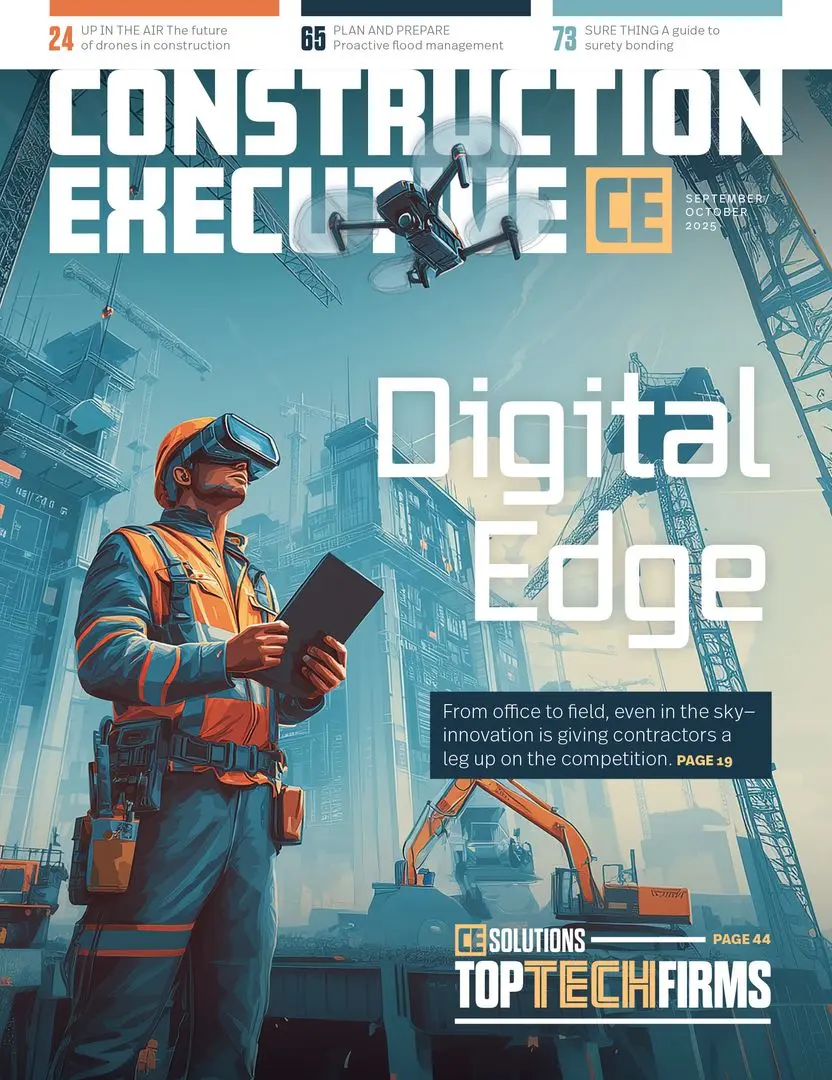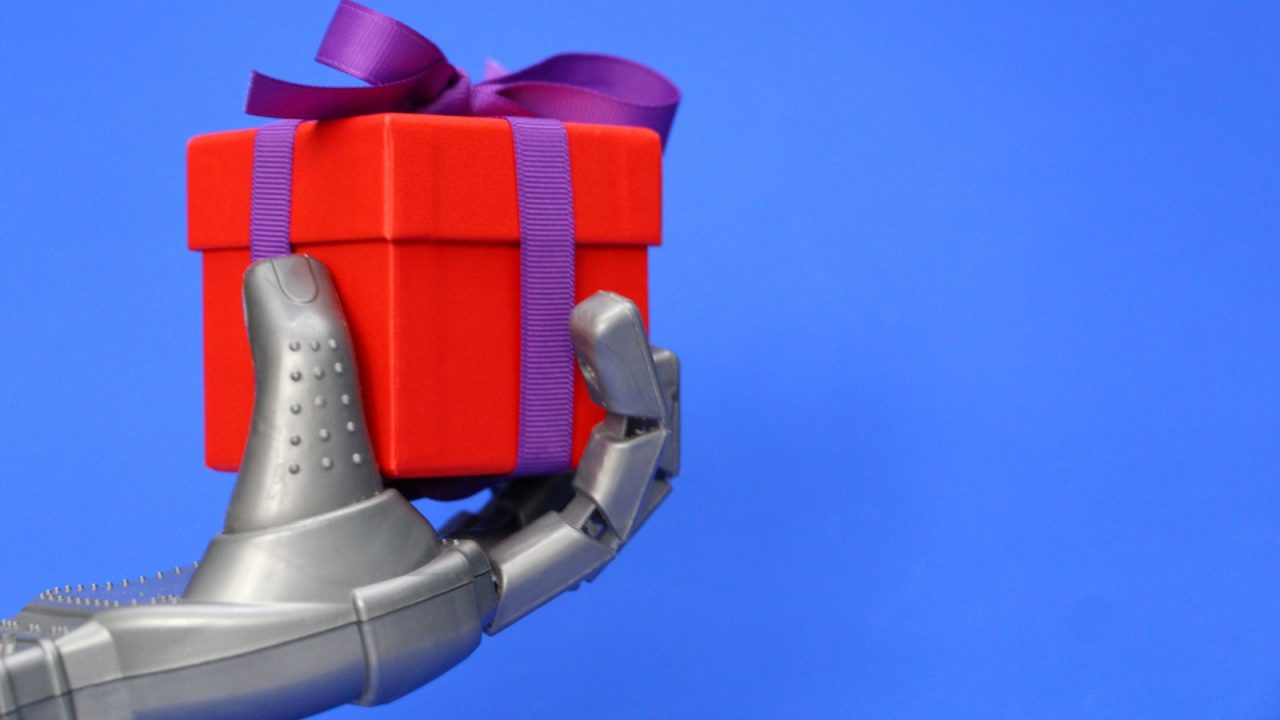The construction industry is often characterized as high risk and low margin. According to a McKinsey report, almost 98 percent of projects incur cost overruns or delays. Meanwhile, the construction productivity curve has remained flat when compared to other industries.
In the last decade, with the advent of cloud and mobile technologies, industry leaders have been focused on digitizing construction workflows. This has resulted in improved efficiencies, but also has created an explosion of new data sources in the construction industry. Project teams are now capturing and documenting data on mobile devices, site progress is documented via drones and sensors are used to create a connected jobsite.
All of this data is now stored in the cloud and is easily accessible, but is it being leveraged effectively? Two major challenges arise.
First, experienced construction professionals are needed who can decipher this data to learn from it, identify risks and improve processes. With 20 percent of the workforce about to retire in the construction industry, a lot of experience and knowledge is being lost that will be hard to replace.
Second, a vast amount of information is being collected on jobsites every single day. The volumes are beyond what is possible to be manually analyzed. Technology is needed to filter out the noise and find signals in the data.
Imagine a smart assistant who can sift through thousands of data points, categorize and classify them automatically, and bring critical information to leadership’s attention. Artificial intelligence is that smart assistant. AI refers to the broad field of science concerned with getting computers to do tasks that normally would require human intelligence. Machine learning is a branch of AI that involves algorithms that allow computers to learn from data without being explicitly programmed.
According to Forbes, 80 percent of shows that people watch on Netflix come from recommendations by algorithms. And when it comes to email, Microsoft Outlook is helping cut through the clutter with Focused Inbox. By analyzing who users interact with often, and the content of the actual emails, Focused Inbox automatically helps prioritize and bring to the surface what is most actionable.
AI for Risk Management
Contractors have to deal with a flood of information every single day—thousands of issues, hundreds of RFIs, and numerous design changes and schedule adjustments. This is where AI and machine learning can help: by providing assistive and predictive insights on what is critical and actionable.
Potential applications of AI and machine learning in construction are vast, including project management and subcontractor management, construction site monitoring, and predictive analytics for quality and safety. Several innovative general contractors are using this technology to analyze project data in real time and make decisions to manage risk from quality, safety, schedule and cost perspectives.
Project IQ, which Autodesk is beta testing with customers, helps project teams find actionable high-risk elements in real time and mitigate risk on a daily basis. Project IQ has learned from several million historical construction issues and observations, inspection data, building information models, RFIs and change orders, as well as project outcomes, to build a construction knowledge graph and create an engine that understands construction context.
Just this last year, Project IQ was put to work to help leading construction companies manage risk through predictive analytics. Project IQ can identify projects and subcontractors carrying a lot of risk, as well as high-risk issues from a quality and safety perspective, and automatically classify them into actionable categories.
AI for Quality and Safety
Another application of machine learning to construction data is Smartvid.io, which prioritizes visual and audio data accessible for analysis by AI and machine learning. It can identify individual people in photos and videos, and analyze the presence or absence of safety protocol, including whether someone is wearing appropriate PPE.
This information can then be tagged and prioritized to create notifications for safety officers, superintendents and others who can act to correct the safety issue. A recent testament to the benefits of this technology came from Jason Timmerman, health and safety director at Skanska: “By having an ‘extra pair of eyes that doesn’t sleep,’ we could better identify both positive examples and areas for improvement that we might otherwise miss.”
Innovative construction companies already are using machine learning for quality and safety on their jobsites. “This is not something that is future-looking,” says Rich Holbrook, director of construction operations for Layton Construction. “It’s happening today. If you’re not on something like this, you’re going to fall behind.”
AI for Productivity
The power of AI-based solutions can be best unlocked by breaking down the data silos that exist in construction today. One such example is Triax Technologies, Inc., which helps project teams manage their workforce in real time by leveraging their IoT-enabled Spot-R system. Spot-R allows users to view the current location of workers right in their 2D drawings and 3D models. This data is now available for machine learning algorithms to track productivity and recommend targeted improvements.
Most machine learning applications are helping the industry understand and mitigate risk during the construction phase of a project. As these applications mature, they will be able to predict risk and provide intelligent recommendations much earlier, such as during preconstruction and even during the design stages. Imagine a smart assistant who can help during constructability reviews and identify problems that might surface downstream. AI can help bring more predictability to projects by identifying potential RFIs and costly changes early in the process itself.
As a first step, construction businesses should digitize their workflows and start documenting all project data. For example, if safety inspections are still being done on paper, the company is missing out on leveraging that critical information and making it available for machine learning algorithms to process and predict risk.
Make sure to establish standards and best practices for data capture. Invest in a data platform and connected data rather than in point solutions.







